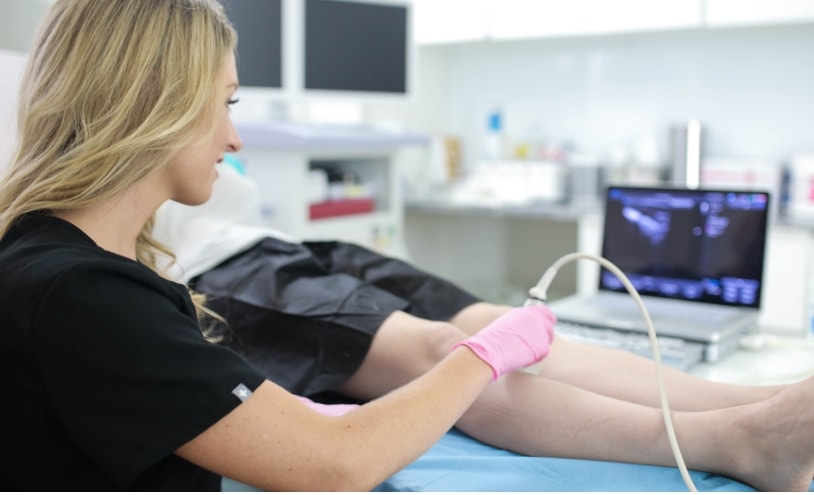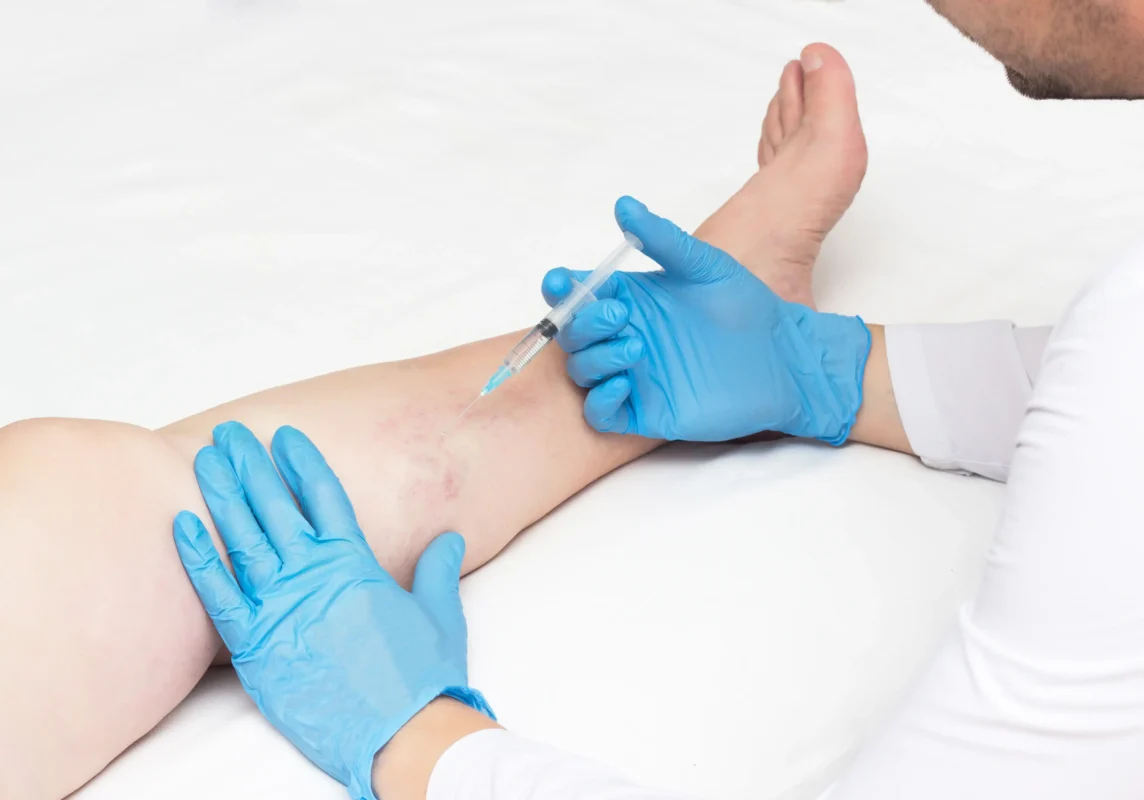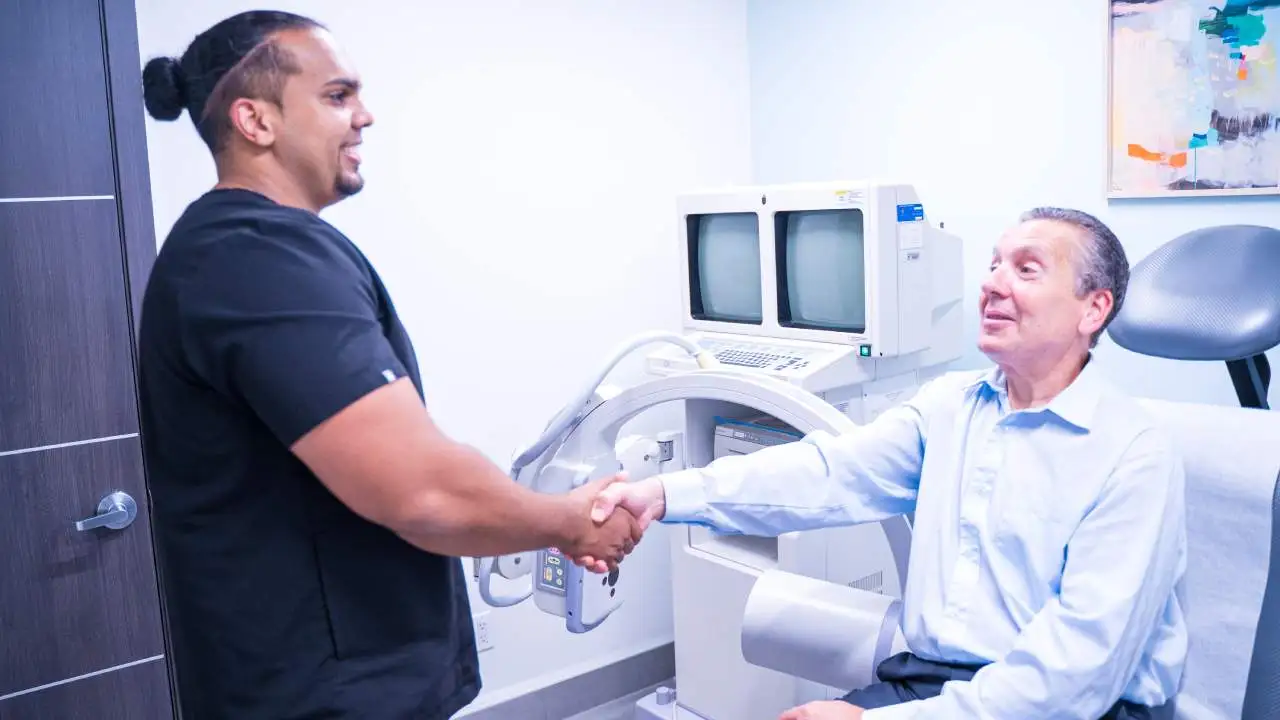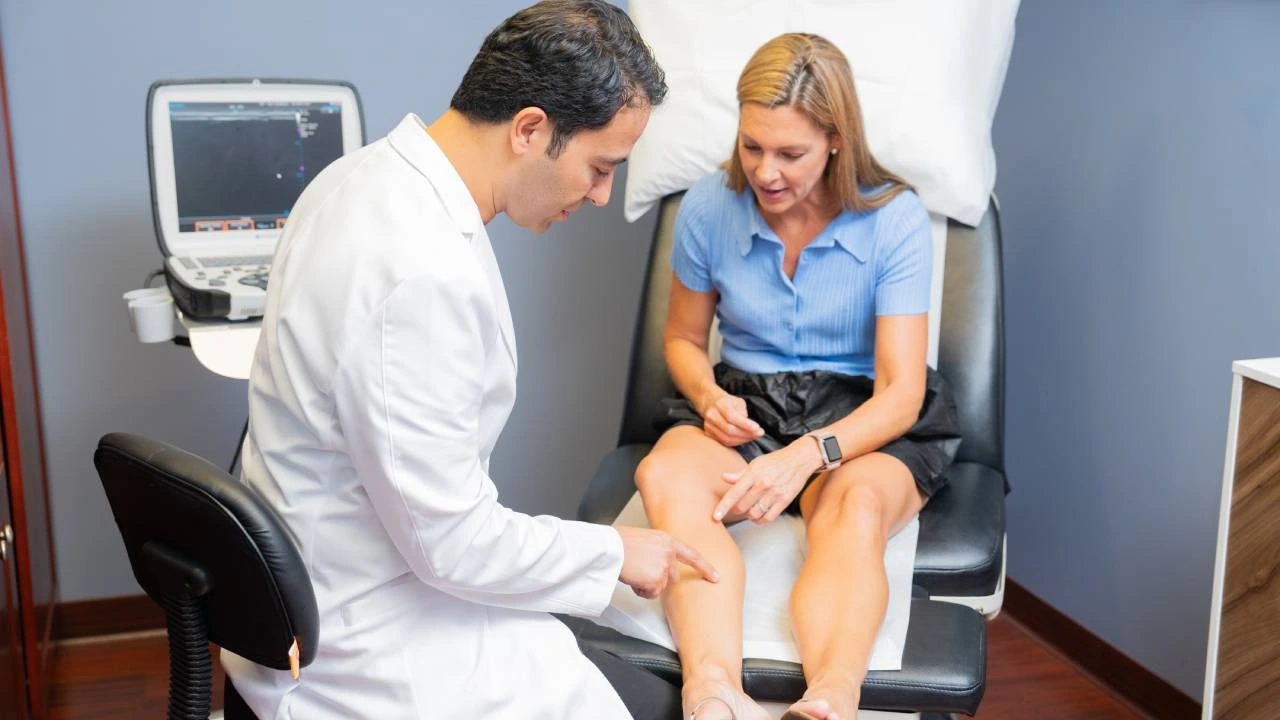Leg pain is a common problem that many people experience at some point in their lives. It can range from a mild ache to a sharp, stabbing pain that makes it difficult to walk or stand. Although leg pain is not always a cause for concern, there are times when it can indicate a serious underlying condition. In this article, we will discuss the different types of leg pain and when you should be concerned about it.
Types of Leg Pain
Leg pain can be caused by many factors, including injuries, overuse, and medical conditions. It can also be acute (short-term) or chronic (long-term). Some of the most common types of leg pain include:
- Charley horse: This is a muscle spasm that can occur in any part of the leg, although it most often occurs in the calf muscle. It can be caused by dehydration, muscle fatigue, or an electrolyte imbalance.
- Leg cramps: These are sudden, involuntary contractions of the leg muscles. They can be caused by dehydration, overuse, or an underlying medical condition.
- Knee-calf pain: This is pain that starts in the knee and radiates down to the calf. It can be caused by a variety of factors, including overuse, injury, or an underlying medical condition.
- Radiating pain from knee to ankle: This is pain that starts in the knee and radiates down to the ankle. It can be caused by an injury or an underlying medical condition.
- Smoker’s leg: This is a condition in which smoking causes damage to the blood vessels in the legs, leading to leg pain and other symptoms.
- Deep vein thrombosis (DVT): This is a blood clot that forms in a deep vein in the leg. It can cause pain, swelling, and redness in the affected leg. DVT can be a serious condition that requires immediate medical attention.
- Peripheral artery disease (PAD): This is a condition in which the arteries in the legs become narrowed or blocked, leading to pain, cramping, and other symptoms.
When to See a Doctor for Leg Pain
In most cases, leg pain can be treated with home remedies such as rest, ice, and elevation. However, there are times when leg pain can indicate a more serious underlying condition that requires medical attention. You should see a doctor for leg pain if:
- The pain is severe and does not improve with home remedies.
- The pain is accompanied by swelling, redness, or warmth in the affected leg.
- The pain is accompanied by fever or other signs of infection.
- You have a history of DVT or PAD.
- You have a family history of blood clots or heart disease.
- The pain is accompanied by chest pain, shortness of breath, or other signs of a heart attack or stroke.
Home Treatments for Leg Pain
If your leg pain is not severe and does not require medical attention, you can try some home remedies to alleviate the pain. These include:
- Rest: Avoid activities that aggravate the pain and rest the affected leg as much as possible.
- Ice: Apply an ice pack to the affected area for 15 to 20 minutes at a time, several times a day.
- Compression: Wear compression stockings to improve blood flow and reduce swelling in the affected leg.
- Elevation: Elevate the affected leg above heart level to improve blood flow.
Preventing Leg Pain
There are several things you can do to prevent leg pain:
- Exercise regularly: Regular exercise can improve blood flow and strengthen the muscles in your legs, reducing the risk of leg pain.
- Maintain a healthy weight: Excess weight can put extra strain on your legs, increasing the risk of leg pain.
- Quit smoking: Smoking can damage the blood vessels in your legs, leading to leg pain and other symptoms.
- Wear comfortable shoes: Shoes that fit well and provide adequate support can help prevent leg pain.
- Stay hydrated: Dehydration can cause muscle cramps and other types of leg pain.
If you are experiencing leg pain, it is important to speak with a vein doctor to determine the underlying cause and appropriate treatment. At Vein Treatment Clinic, we offer hassle-free insurance verification even before the first appointment. Our state-of-the-art clinics are led by board-certified vein doctors, who use the latest technologies and techniques to diagnose and treat vein conditions. We have offices across the United States, including New York City and Long Island. If you’re in NYC, you can find our vein clinic near the Chrysler Building in Midtown Manhattan. Contact us today to schedule a consultation and learn more about treatments for leg pain.









